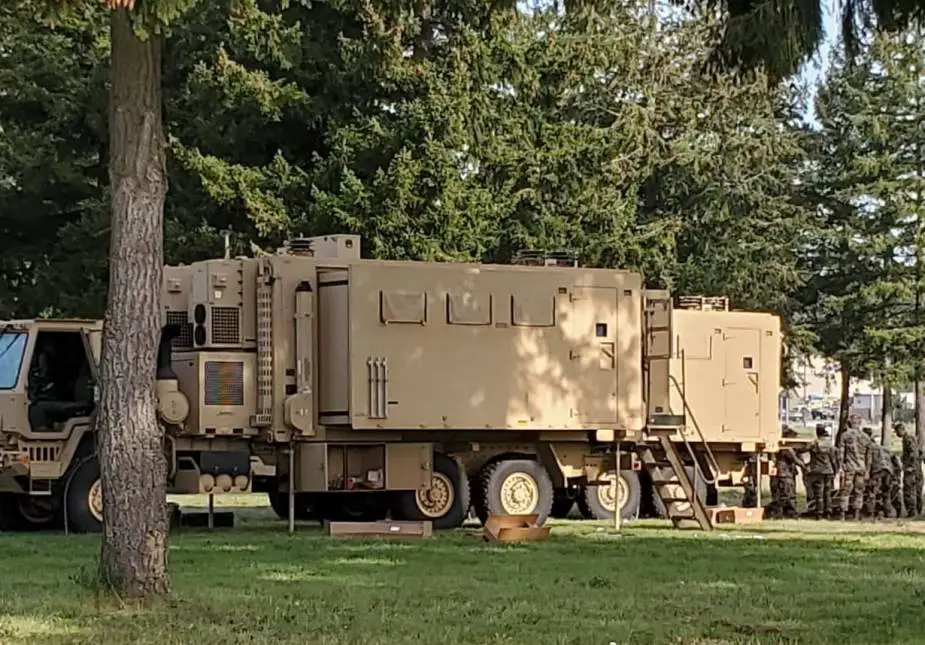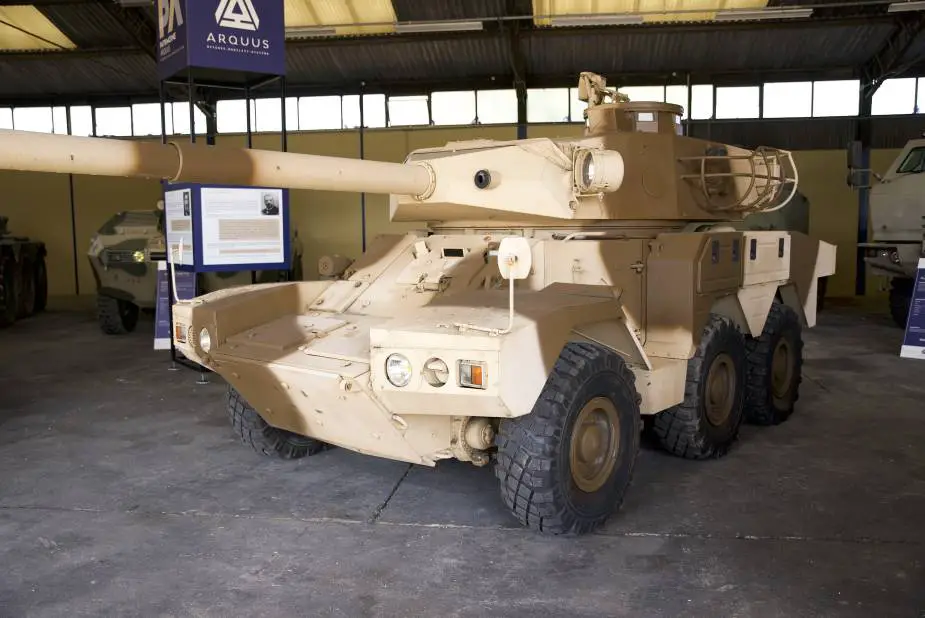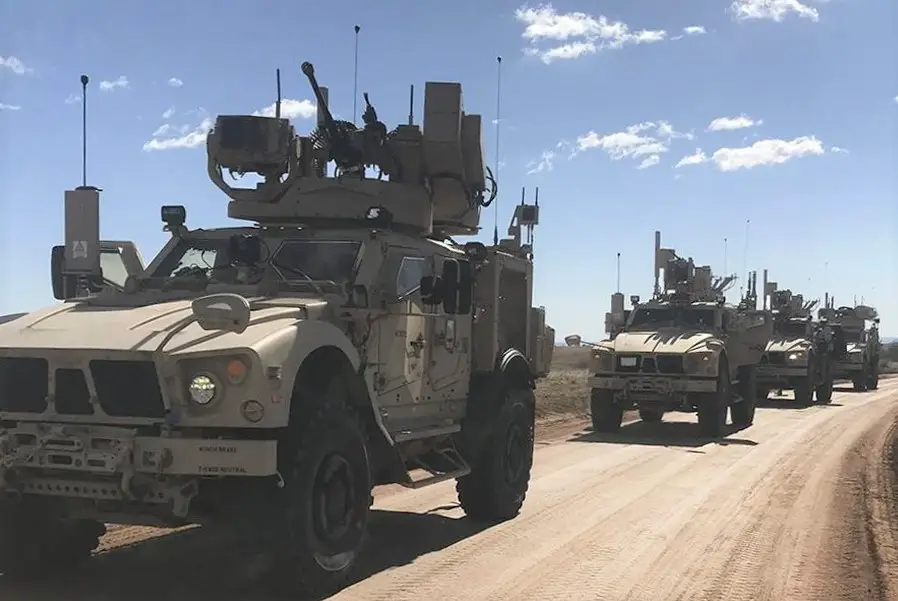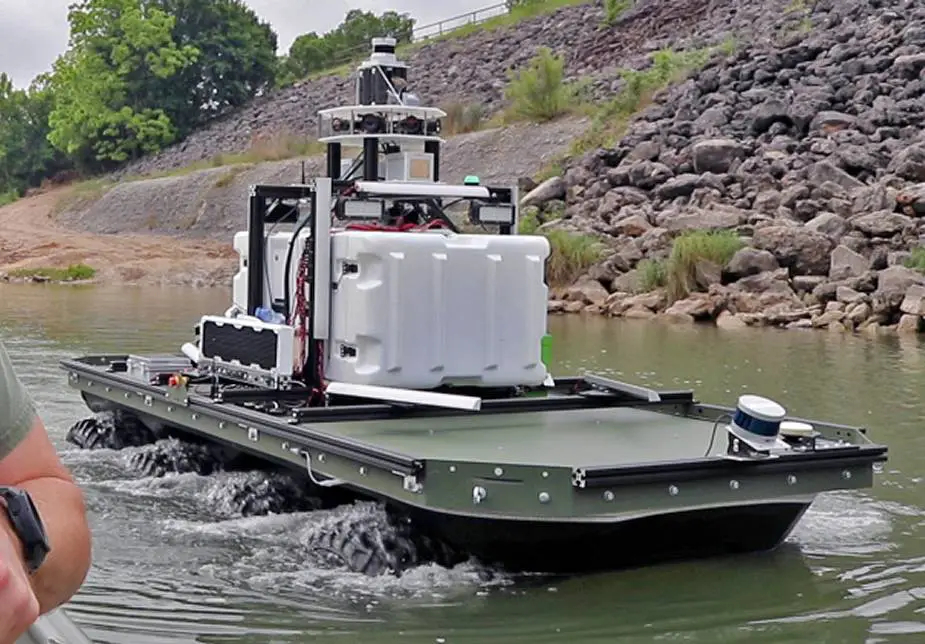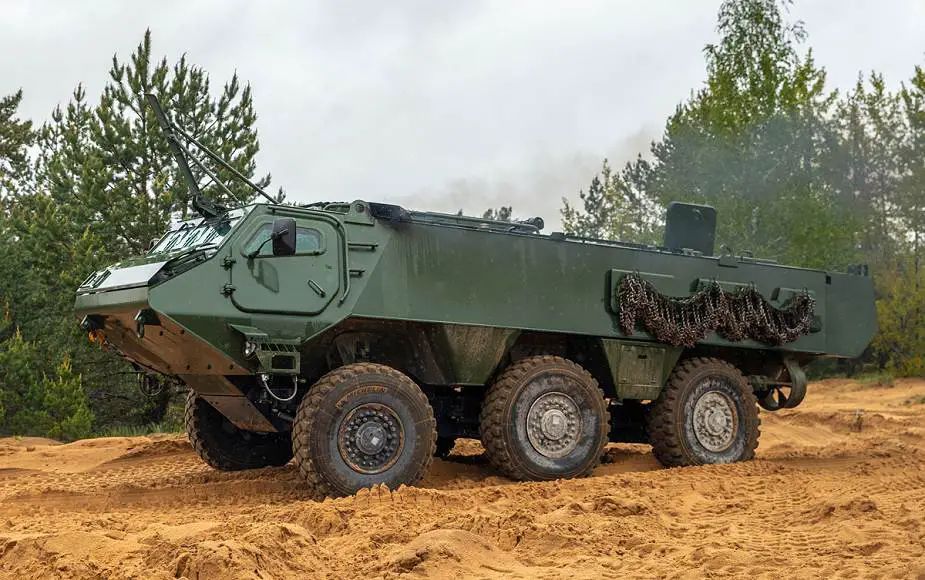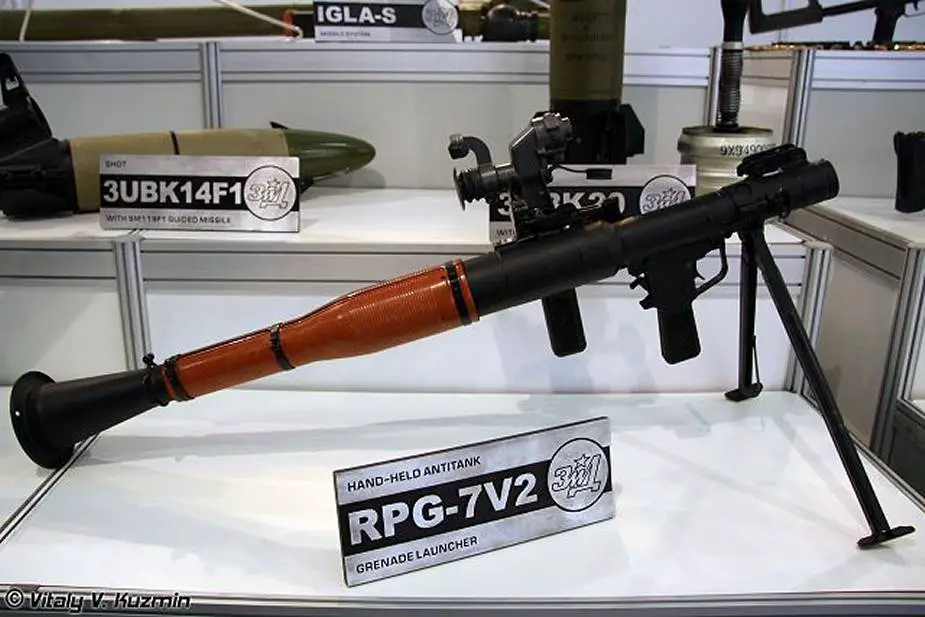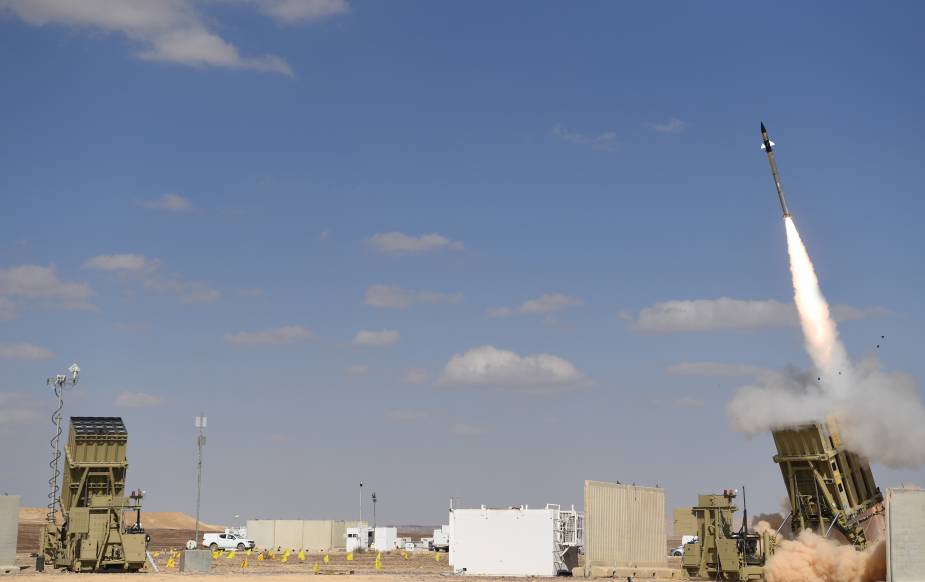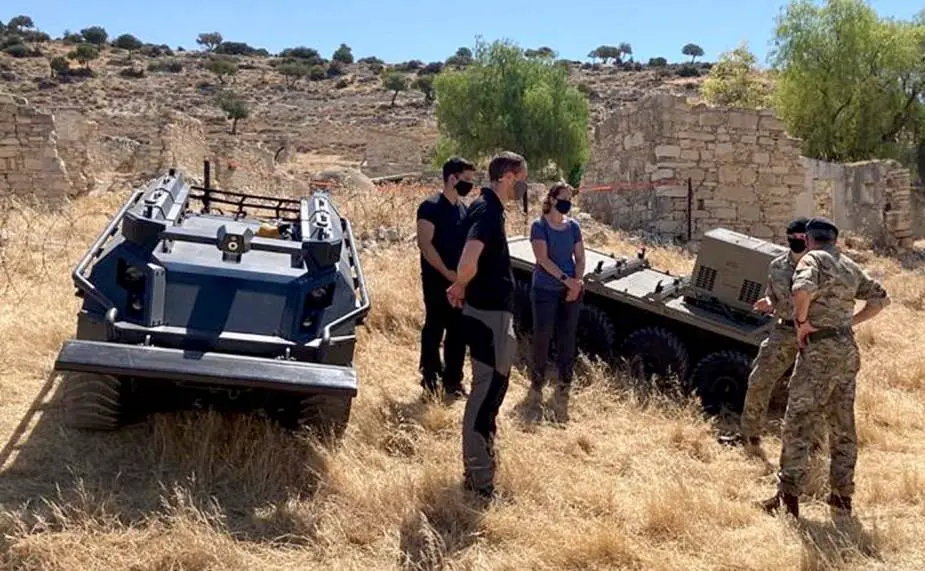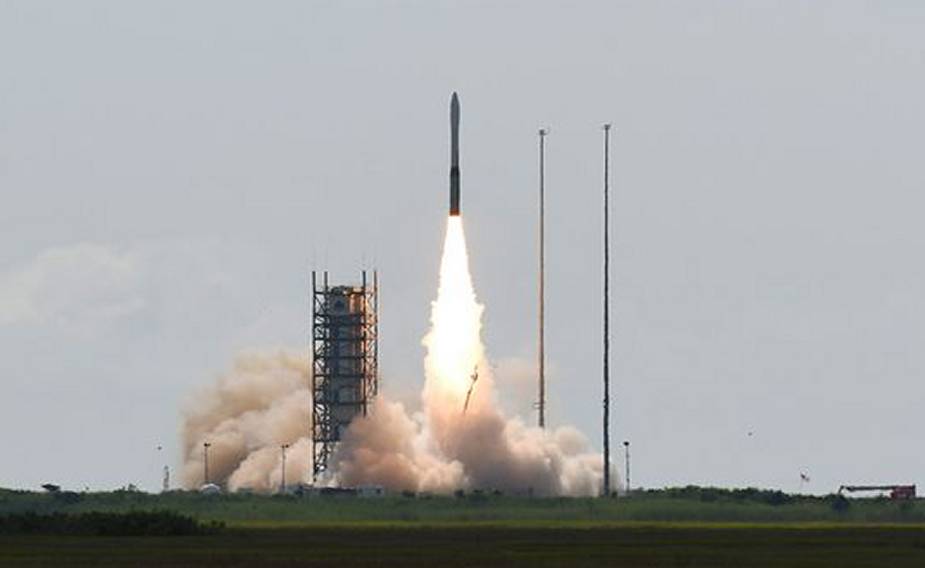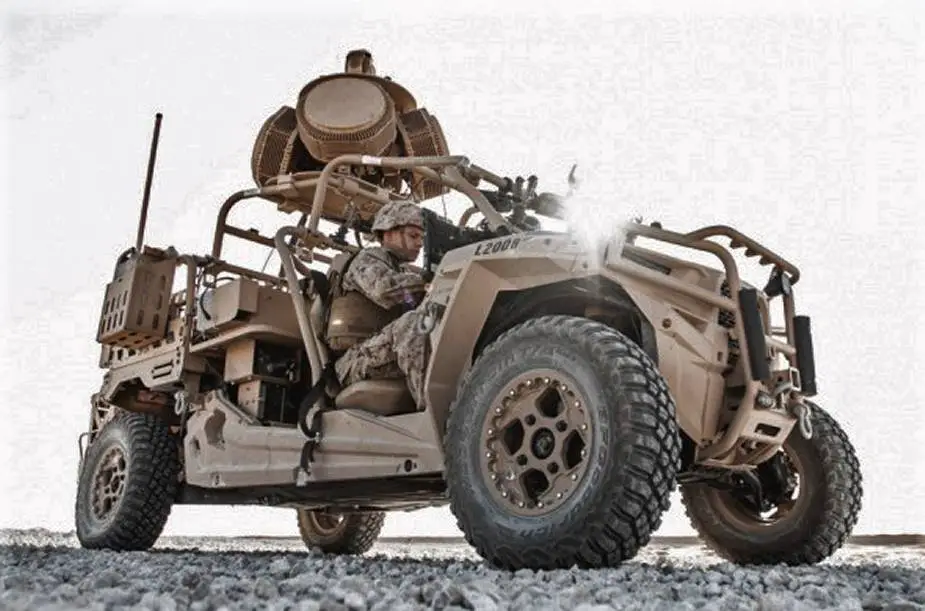- Posted On
Saab has signed a contract for the delivery of live training systems and services to the Dutch armed forces. The order comprises the supply of new equipment and functionality at 727 MSEK, with a 10-year support contract with an annual value of 66.9 MSEK. The total order over the ten-year period is valued at approximately 1.4 billion SEK. The contract also has an option for five years of additional support following the initial 10-year period.















